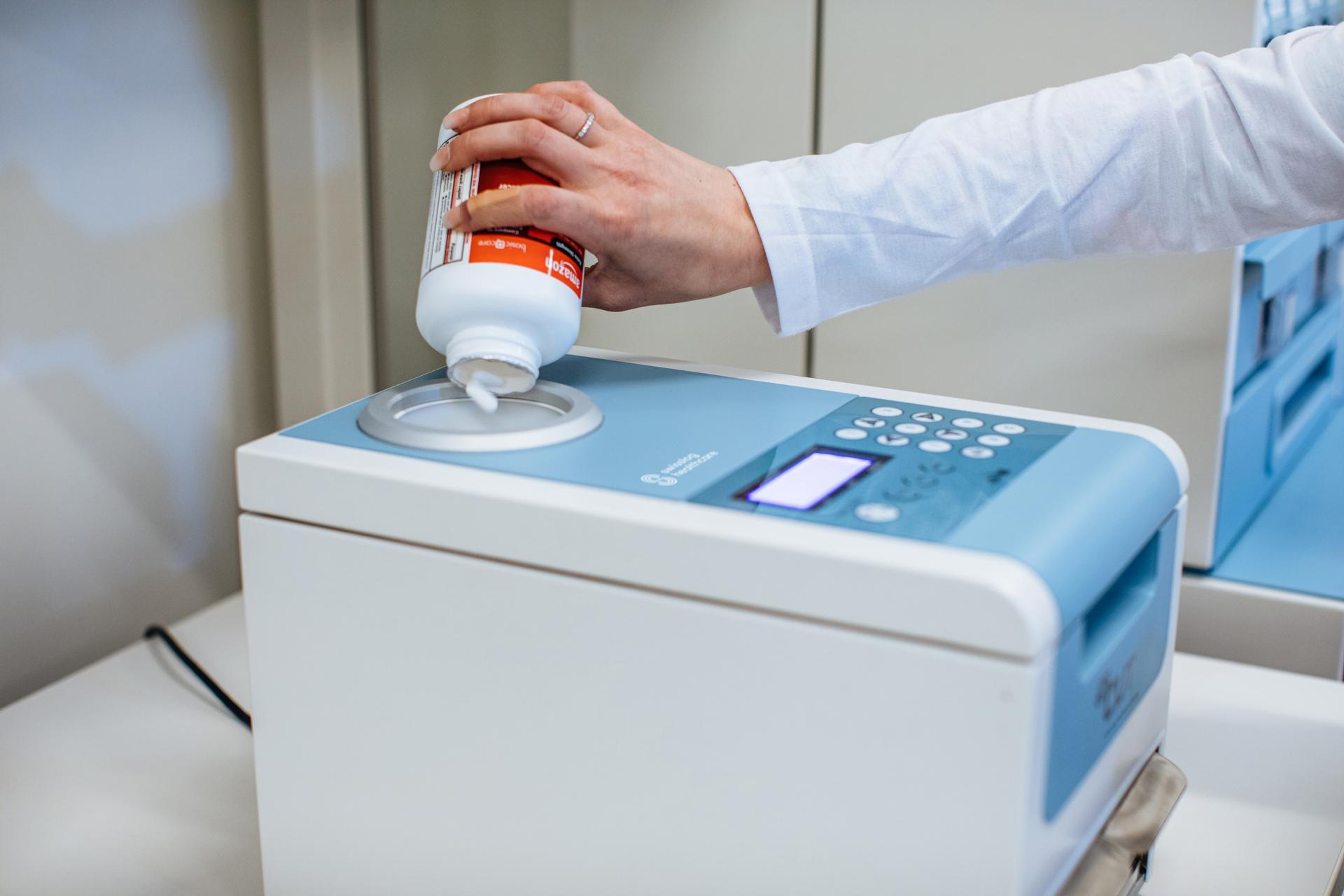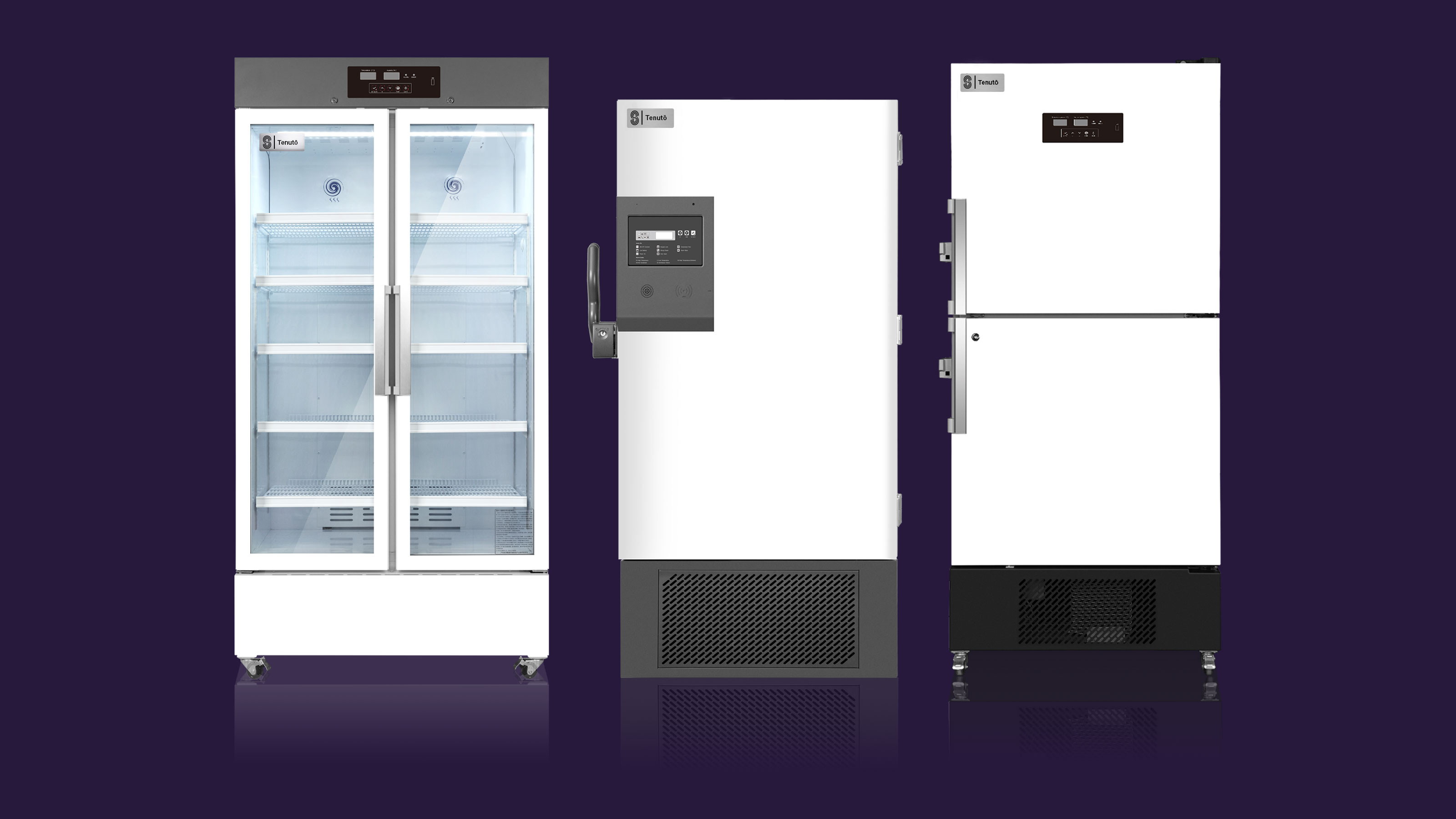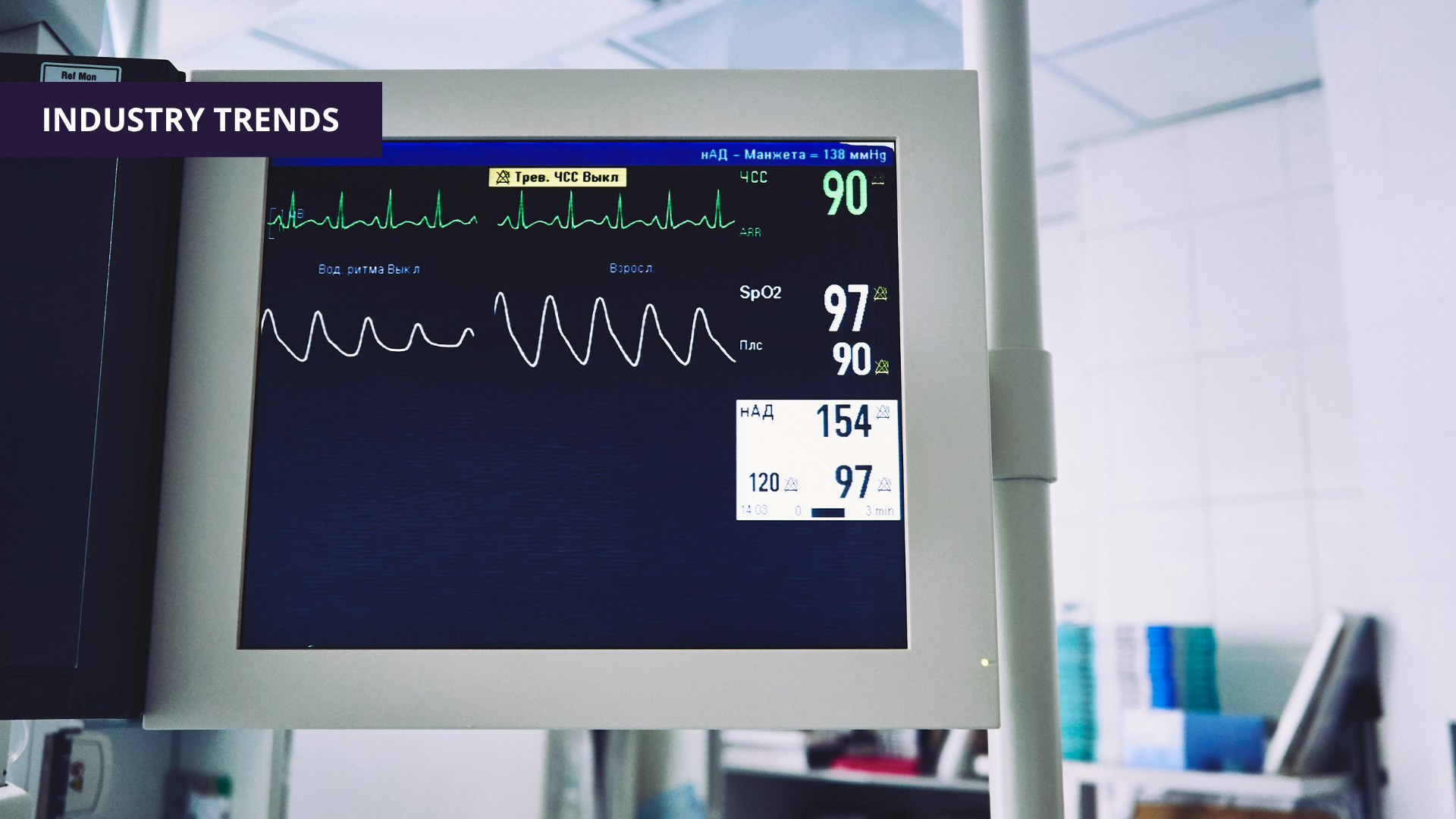Hospital Technology Implementations: Small Steps, Big Impact

Overcoming Budget Constraints in Hospital System Acquisitions
Hospital medical systems, devices, and equipment purchases account for an estimated 10.5% of a hospital’s budget, according to data cited by the American Hospital Association. These systems represent some of the highest expenses in hospitals, ranging from thousands to multi-million-dollar implementations.
Due to tight operating budgets, many hospitals opt to put larger expenditures for medical technologies and systems on hold, with more pressing administrative expenses taking priority. The prevailing attitude is to wait until they can fund the entire project—essentially an “all or nothing” approach. Failing to implement key technologies due to budgetary constraints, however, can create more problems downstream.
Hospital leaders are often unaware that there may be a way to deploy some of these projects while remaining within budget. It is possible, for instance, to handle a large medical system acquisition and installation gradually, in steps. However, many vendors, in their desire to make a big sale, push for the full-scale implementation of their products. The result is often no sale at all, and the hospital may suffer for it.
Risks of Delaying Key Medical System Acquisitions
Putting key hospital medical system acquisitions on hold can cause greater problems, including:
- Decreased efficiency. Newer systems are known to run faster with improved operating efficiency over their older counterparts. They are also more likely to integrate with other systems for a more seamless performance.
- Increased potential to break down. Many hospitals take the approach that if it isn’t broken, don’t fix it. However, when that workhorse system breaks down, it can quickly put hospital operations and patients at risk.
- More vulnerability to cyberattacks. Software in old systems contains outdated code and often lacks current security patches. This means there are more points of vulnerability for hackers to exploit, risking the safety of vital records.
Smaller Implementations for Big Benefits
To reap the benefits of new technologies while meeting budgetary constraints, many hospitals are exploring options that allow them to start with smaller medical system implementations. This may involve a phased approach to installation, gradually adding components or functionality until the full solution has been implemented. Another approach is opting for smaller, stand-alone solutions that provide immediate value with options to upgrade to a more robust system at a later time.
Operational Benefits of Phased or Stand-Alone Implementations
There are clear operational benefits to both approaches, which include:
- Cost savings. Smaller systems or phased rollouts are not only more economical but can save hospitals money by increasing efficiencies.
- Space saving. Some technologies, such as multipurpose pharmacy automation systems with robotics, require large spaces. Purchasing modules that can be installed immediately buys the hospital time for space planning as they scale up.
- Fewer functionality gaps. Smaller systems are often designed to tackle specific processes, offering a tighter, more agile approach to process flow.

An example of a phased approach can be found in the implementation of EHR (electronic health records) solutions.
Many experts agree that best practices in EHR implementation should involve a phased or incremental approach. This layered approach provides more time for the adoption of the technology, data migration, system testing, and user training. Such an implementation can minimize risks and offer a much smoother transition, while still enabling hospitals to improve access to critical patient data and provide better care.
An example of a smaller system approach can be seen in the implementation of pharmaceutical technology solutions.
For instance, packaging systems can often be purchased in smaller, modular versions, allowing a hospital to benefit from the time and cost savings of automation while staying within their discretionary allotment funding. Other small systems might include pill-cutting and counting automation, which can be installed and implemented quickly to bring immediate value by freeing staff from a tedious, time-consuming manual task.
Regardless of which approach is taken, planning should begin now.
Proper planning can help hospitals deliver incremental value while staying within budget and achieving results more quickly than an all-or-nothing approach. Hospitals should start by exploring all options available from their medical equipment and systems suppliers. Many suppliers may offer a stepped, “pay-as-you-go” approach, which can be negotiated during the contract phase to enable steady progress and provide additional benefits, such as flexibility in scaling up as funds become available.
Every Deal Doesn’t Have to Be a Big Deal
Taking small steps when funding doesn’t allow for full implementation can enable a hospital to benefit from technology otherwise out of reach. Smaller hospital systems can be acquired more quickly, put to work faster, and deliver immediate value.
Ultimately, there are significant benefits for hospitals that act now to initiate smaller acquisitions of new medical systems and technologies. Every day spent waiting for capital to fund a new implementation is a day that could be used to drive increased efficiency and improved performance, resulting in immediate value to stakeholders and the entire hospital community.








